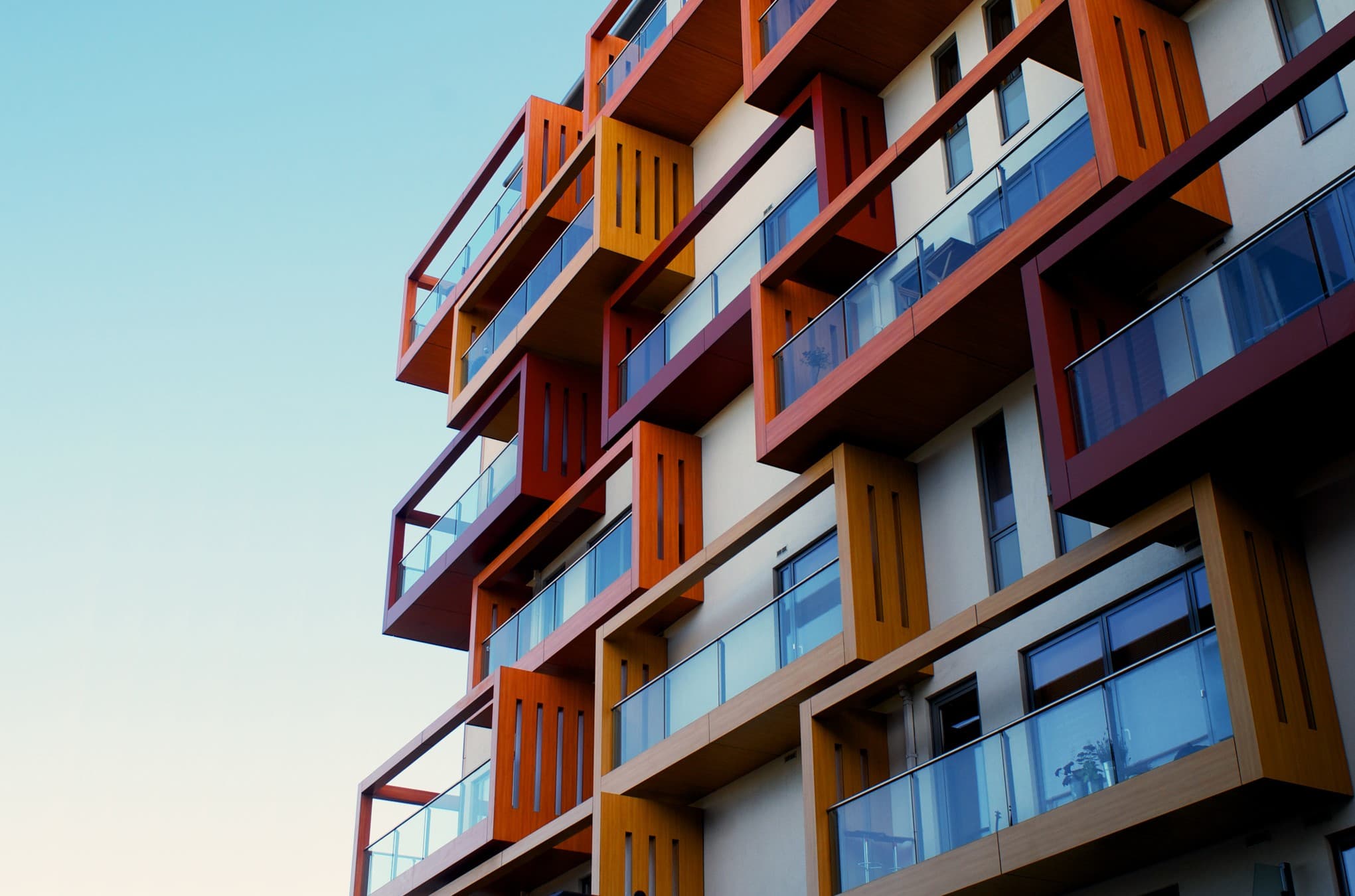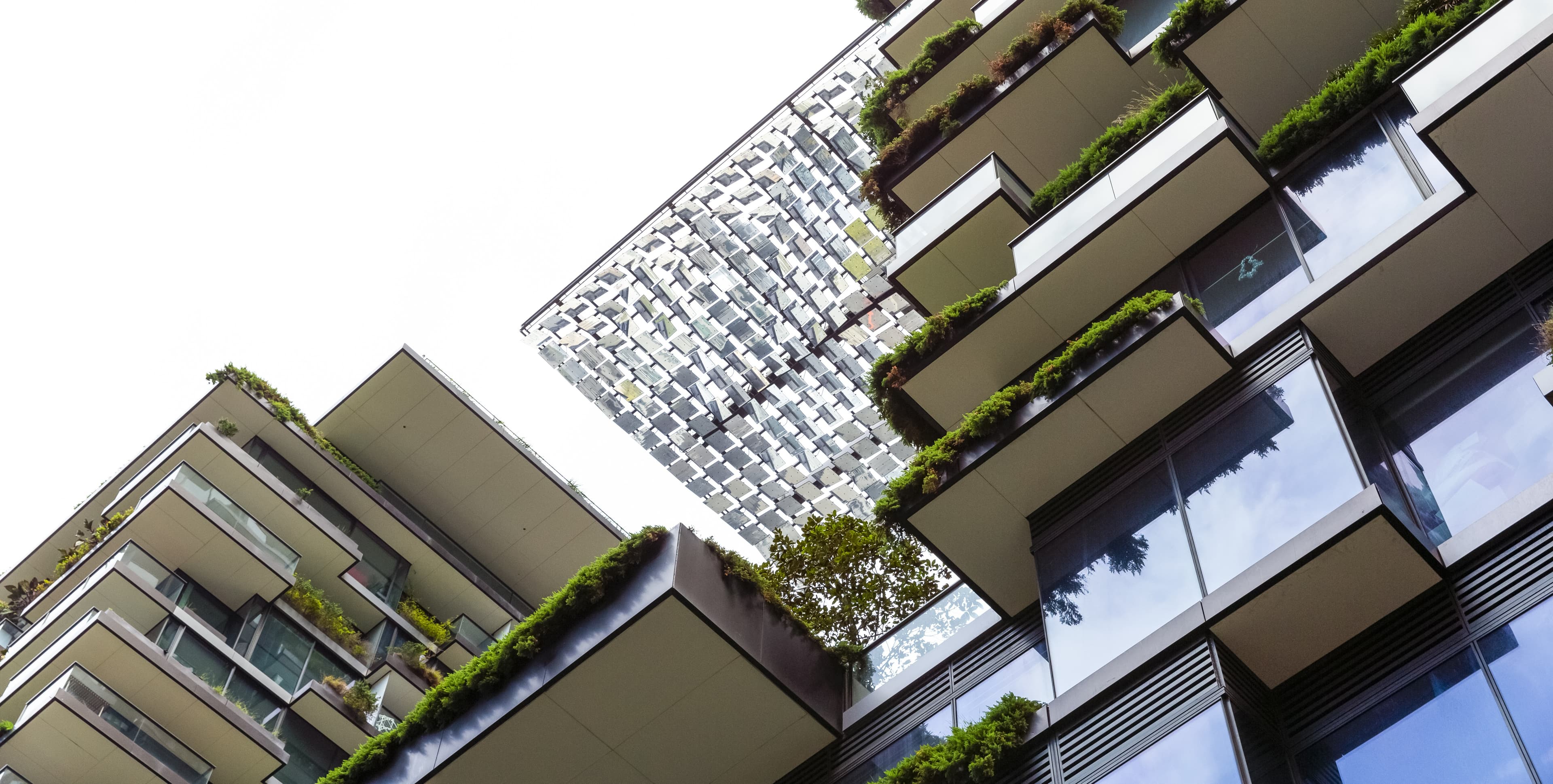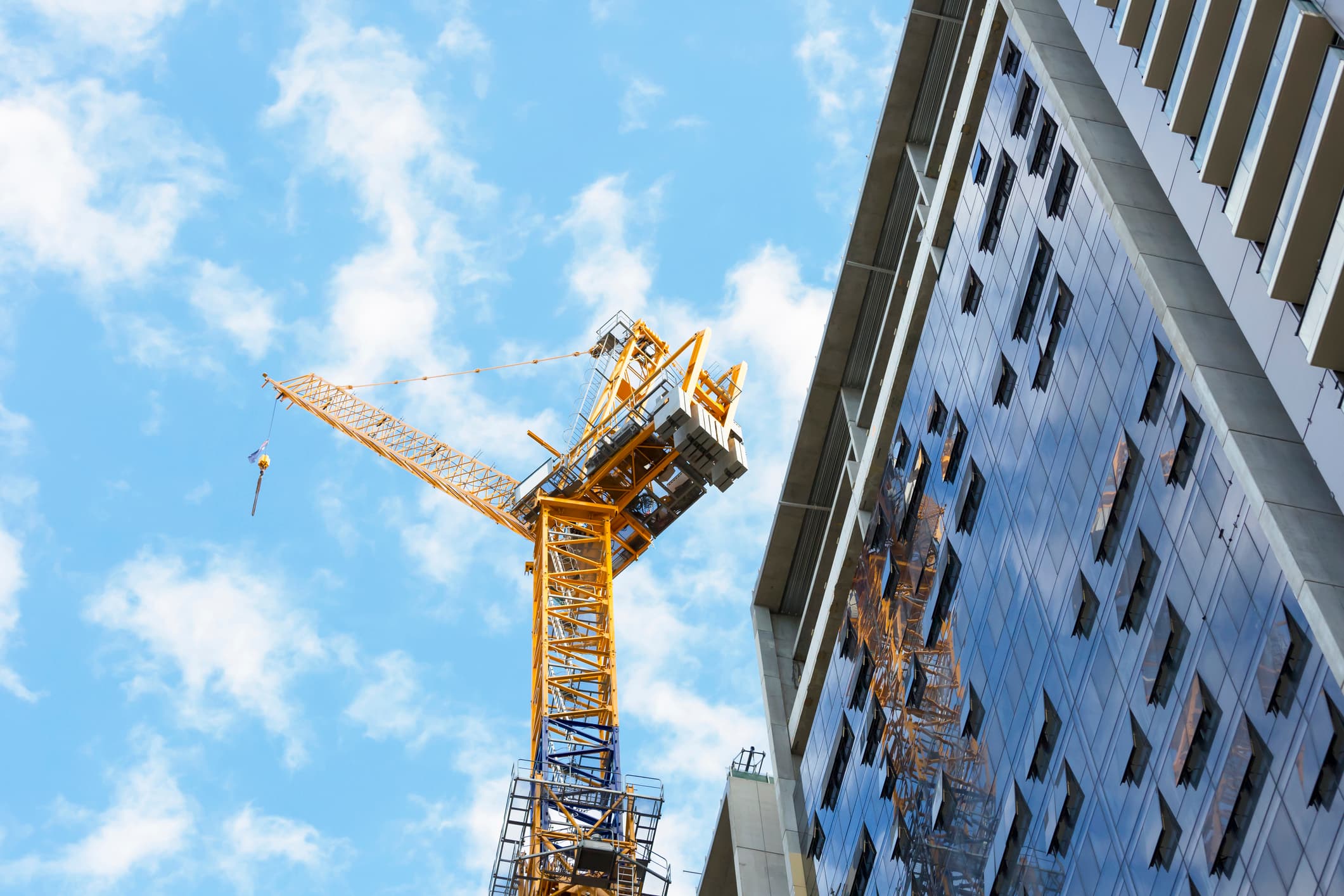Is build-to-rent the ‘master key’ to affordable housing in Australia?
Is build-to-rent the ‘master key’ to affordable housing in Australia?

Key highlights
With rental vacancies at record lows, half of Australia’s low-income households in rental stress and serious supply shortfalls ahead, build-to-rent (BTR) is being hailed as a solution to “ease the rental squeeze”
BTR is an emerging asset class in Australia with plenty of potential to create affordable housing. But is a business model that currently accounts for just 0.2% of Australia's residential sector likely to be the ‘master key’ that unlocks affordable housing?
As the supply of build-to-sell stock dwindles and developers offload sites that no longer stack up, are we putting too many eggs into the build-to-rent basket?
A new EY study commissioned by the Property Council of Australia suggests the build-to-rent model could deliver 150,000 new apartments over the next decade and help address Australia’s housing affordability crisis.
EY’s analysis finds BTR, which is still in its nascent phase in Australia, is currently worth $16.8 billion – just 0.2% of the total value of Australia’s residential housing sector. Just 11 BTR projects are operational, with another 72 in the pipeline. But if the sector was to grow to just 3% of Australia’s residential stock, EY suggests, it could be worth $290 billion.
Politicians and industry leaders are hailing BTR as “another way to help address housing shortages and ease the rental squeeze”.
BTR can undoubtedly step up to deliver high-quality, well located homes and offer a better experience for some of 31% of Australians who rent. But let’s make a clear distinction between institutional BTR – which will be, to a large extent, a premium product – and social and affordable housing.
The large property players entering the BTR market are targeting renters who are prepared to pay a premium for lifestyle living – where transport is on the doorstep, where concierge can source last minute theatre tickets or organise the drycleaning, and where rooftop terraces, first-rate gyms and chefs’ kitchens create an enviable experience.
From looking at other markets, we know BTR properties attract rents for 10-15% more than comparable housing. Without government subsidies, institutional BTR is unlikely to make great inroads into the affordable housing challenge.
Developers retreat from risky business
Delivering high density homes is increasingly expensive and risky, and many developers are retreating from residential developments altogether.
Rising costs, 10 successive interest rate hikes and subdued pre-sales demand for off-the-plan apartments are squeezing developer profit margins. As holding costs balloon, many developers are re-running the numbers to find that project feasibility no longer stacks up.
Some developers are feeling the pressure from their lenders to sell, while others are choosing to offload non-essential projects as they batten down the hatches and weather the economic storm.
The proof in the pudding is the sharp rise in the number of development sites up for sale, many with existing permits. Analysis by development portal DevelopmentReady.com.au, found more than a third of sites listed for sale over six months to March 2023 were offered with a permit or approved development application – up from 22% for the first two quarters of 2022.
Because BTR projects are backed by one institutional owner, rather than many individual buyers, they are easier to get off the ground than build-to-sell apartment projects. This gives BTR operators a clear competitive advantage and puts them in a strong position to secure the best development sites.
But a massive $9.3 trillion – or 57% of Australian household wealth – tied up in residential real estate. Many “mum and dad” landlords are leaving the market in droves, following 10 back-to-back interest rate rises that have seen repayments soar. Analysis by CoreLogic has found average rents across the country have risen by $227 a month, but mortgage costs jumped by a substantially higher $904 each month.
A ticking timebomb
Australia’s housing affordability crisis has been in the headlights since the turn of the new millennium. We’ve seen it coming, so we can hardly be surprised; and yet several sobering statistics are worth considering…
Rental vacancies are at record lows: In February 2023, Australia’s national rental vacancy rate fell to 0.8% – the lowest point on record.
Half of all low-income households are in housing stress: In 2022, the Productivity Commission found two-thirds of low-income households spend more than 30% of their income on rent in 2022. Another 20% spend over half of their income on rent.
Serious supply shortfalls are ahead: The National Housing Finance and Investment Corporation’s (NHFIC’s) flagship State of the Nation’s Housing 2022-23 report predicts a shortfall of 106,300 dwellings over the five years to 2027.
Apartment sales are retracting: The Urban Development Institute of Australia’s 2023 State of the Land report reveals a “sharp retraction” in new dwelling completions and sales of new apartments at volumes not seen since the Global Financial Crisis. The UDIA called this “an eyewatering decline”, with settled sales for new apartments and townhouses down 54% on the decade average.
The story we are seeing play out in other markets is instructive. In my birthplace Ireland, banks tightened lending criteria following the Global Financial Crisis, making it virtually impossible for anyone to secure a loan for off-the-plan purchases. An exodus of residential developers and small landlords led to a decade of undersupply. The consequence? There were just 716 homes available to rent in on 1 August 2022 in a nation of 5.1 million people. They estimate that over the last four years, developers have accumulated planning permission for about 70,000 residential units (mostly apartments) intended for the BTR market, that have not commenced for one reason or another.
Beyond band aids
Build-to-rent is one response to Australia’s housing crisis. But a complex problem that has been decades in the making demands multi-dimensional solutions, not quick fixes or band aids.
Land supply is an obvious place to start. The shortage of land suitable for development is a persistent problem. State, territory and local governments have agreed to expedite zoning, planning and land release, and to encourage higher-density developments in areas with amenity and access to public transport. But overcoming the loud NIMBY voices is not for the faint-hearted.
A federal social and affordable housing plan, rather than the piecemeal efforts of our state and territories, is another important measure. The restoration of the National Housing Supply and Affordability Council, to be led by former Mirvac CEO Susan Lloyd-Hurwitz, ends the years fragmented bureaucracy. But the federal government’s $10 billion Housing Australia Future Fund is yet to pass through the Senate.
Careful reconsideration of tax treatments could also incentivise investment. A range of punitive state and federal taxes on investors, as well as additional constraints through the Foreign Investment Review Board, has discouraged international capital. Any tinkering with negative gearing tax and capital gains concessions would be the ‘nuclear bomb’ that would kill the market entirely.
The Australian Government’s ambition for a million social and affordable homes over five years is also laudable. But NHFIC’s numbers show Australia delivers just 2,000 affordable and social houses a year.
There is no ‘master key’ that opens the door to more affordable housing. Instead, we need to use a full set of keys – government policy, tax reform and incentives to unlock supply, a national plan and long-term investment, as well as innovative models like BTR – to open the combination lock.
Author

Niall McSweeney
Head of Development Advisory, Asia-Pacific
Author

Niall McSweeney
Head of Development Advisory, Asia-Pacific
Resources
Latest insights





Jan 9, 2025
Building the future - Key trends shaping Australia’s construction industry in 2025
